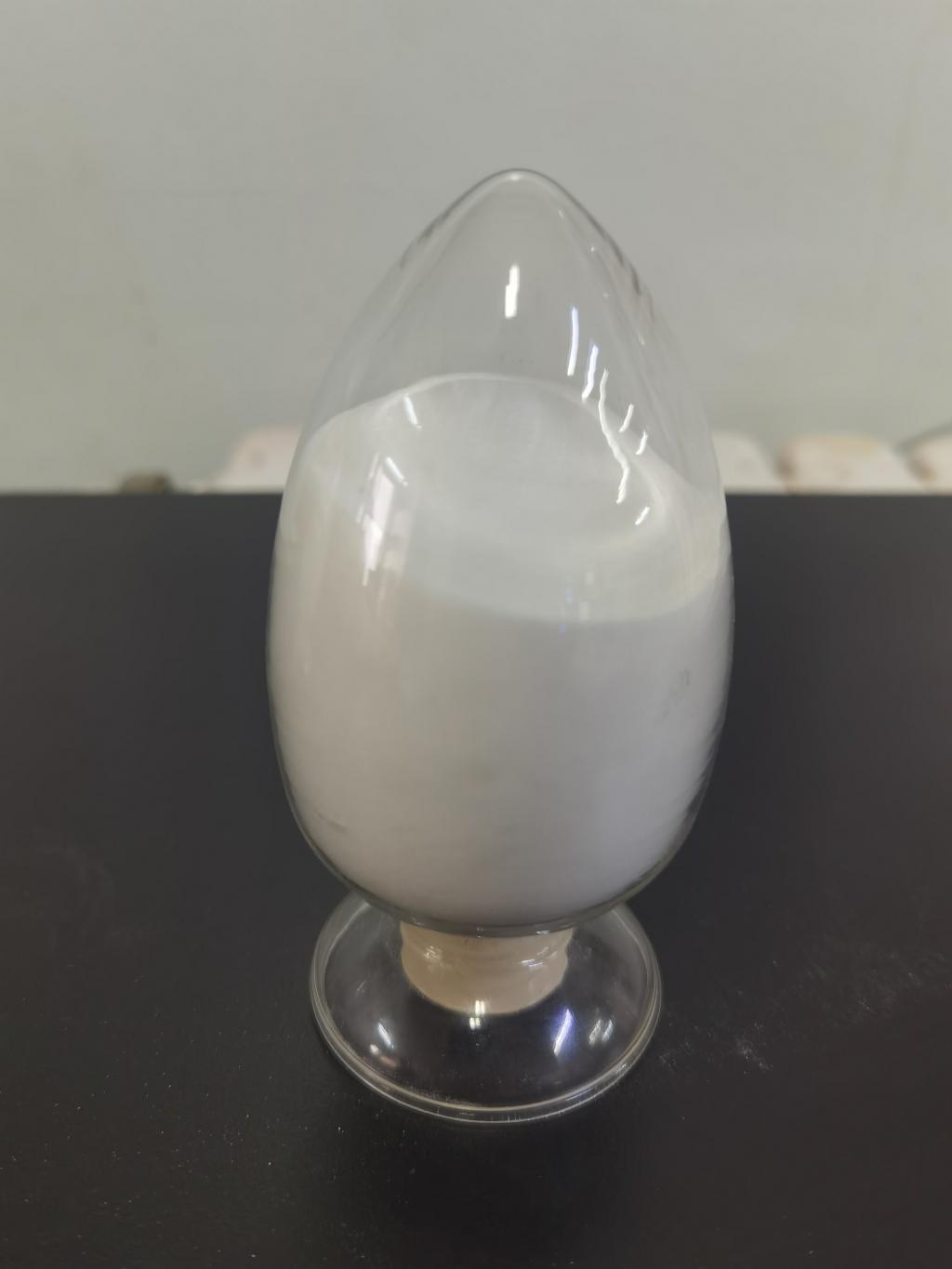Tel:+8618231198596

News
 CONTACT
CONTACT
 CONTACT
CONTACT
- Linkman:Linda Yao
- Tel: +8618231198596
- Email:linda.yao@dcpharma.cn
- Linkman:CHARLES.WANG
- Department:Overseas
- Tel: 0086 0311-85537378 0086 0311-85539701
News
ε-Polylysine hydrochloride: A novel solution for extending the shelf life of food products.
TIME:2024-04-16
Origins and Production:
ε-Polylysine hydrochloride, often abbreviated as ε-PL, is a cationic polypeptide composed of multiple lysine residues linked by peptide bonds. It is produced through the fermentation of Streptomyces albulus or other suitable microorganisms under controlled conditions. The fermentation process yields ε-PL as a water-soluble polymer, which is subsequently purified and converted into its hydrochloride salt form for use as a food preservative.
Properties and Mechanisms of Action:
ε-Polylysine hydrochloride exhibits several properties that make it an effective antimicrobial agent:
Antimicrobial Activity:
ε-PL exerts its antimicrobial effects by disrupting the cell membranes of target microorganisms, leading to cell lysis and death. It primarily targets Gram-positive bacteria, including foodborne pathogens such as Listeria monocytogenes and Bacillus cereus, while having minimal impact on Gram-negative bacteria and yeast. This selective antimicrobial activity makes it an attractive option for controlling microbial growth in food products.
Stability:
ε-PL is stable over a wide range of pH values and temperatures, making it suitable for use in various food processing and storage conditions. It retains its antimicrobial efficacy even under acidic conditions, high temperatures, and prolonged storage periods, ensuring consistent performance in food products.
Water Solubility:
As a water-soluble polymer, ε-PL can be easily incorporated into aqueous food matrices such as brines, marinades, sauces, and beverages. Its solubility facilitates uniform distribution within the food matrix, allowing for effective inhibition of microbial growth throughout the product.
Applications in Food Preservation:
ε-Polylysine hydrochloride finds diverse applications in food preservation across different sectors of the food industry:
Meat and Poultry:
In meat and poultry processing, ε-PL is used to inhibit the growth of spoilage bacteria and pathogens, thereby extending the shelf life of fresh and processed meat products. It can be added to meat coatings, marinades, or injection solutions to provide antimicrobial protection against contamination during processing and storage.
Dairy and Cheese:
Dairy products, including cheese, yogurt, and fermented milk, benefit from the antimicrobial properties of ε-PL. By incorporating ε-PL into cheese brines or milk formulations, manufacturers can prevent the growth of spoilage organisms and improve the safety and shelf life of dairy products.
Bakery and Confectionery:
In bakery and confectionery applications, ε-PL helps control mold growth and extend the shelf life of baked goods and confectionery items. It can be added to doughs, batters, or glazes to inhibit microbial spoilage and maintain product freshness throughout storage and distribution.
Beverages:
ε-PL is utilized in the preservation of beverages such as fruit juices, soft drinks, and alcoholic beverages. By adding ε-PL to beverage formulations, manufacturers can prevent microbial contamination and spoilage, thereby ensuring the microbiological stability and safety of the products.
Benefits and Challenges of ε-Polylysine Hydrochloride:
The use of ε-PL as a food preservative offers several benefits:
Enhanced Food Safety: ε-PL effectively inhibits the growth of pathogenic bacteria and spoilage organisms, reducing the risk of foodborne illnesses and enhancing consumer confidence in food products.
Extended Shelf Life: By controlling microbial spoilage, ε-PL extends the shelf life of perishable foods, minimizing food waste and optimizing inventory management.
Natural Origin: ε-PL is derived from microbial fermentation and is considered a natural food ingredient, aligning with consumer preferences for clean label products.
However, there are challenges associated with the use of ε-PL in food preservation:
Regulatory Considerations: Regulatory approval for the use of ε-PL as a food additive may vary between countries, requiring compliance with specific regulations and maximum allowable levels.
Cost and Availability: The cost of ε-PL may be higher compared to traditional preservatives, and its availability could be limited in certain regions, affecting its widespread adoption in food products.
Future Prospects and Innovations:
The future of ε-polylysine hydrochloride in food preservation holds several avenues for innovation and advancement:
Synergistic Formulations:
Exploring synergistic combinations of ε-PL with other natural antimicrobial agents or preservation techniques to enhance efficacy and broaden the spectrum of antimicrobial activity.
Delivery Systems:
Developing novel delivery systems or encapsulation techniques to improve the stability, solubility, and controlled release of ε-PL in food matrices, maximizing its antimicrobial efficacy and minimizing dosage requirements.
Consumer Education:
Increasing consumer awareness and acceptance of ε-PL as a safe and effective food preservative through education initiatives and transparent communication strategies.
Conclusion:
ε-Polylysine hydrochloride represents a novel and effective solution for extending the shelf life of food products while ensuring food safety and quality. Its potent antimicrobial properties, stability, and versatility make it a valuable asset in the food industry's quest for innovative preservation methods. By leveraging the unique benefits of ε-PL and addressing existing challenges, the food industry can continue to enhance the safety, freshness, and sustainability of food products for consumers worldwide.
- Tel:+8618231198596
- Whatsapp:18231198596
- Chat With Skype







